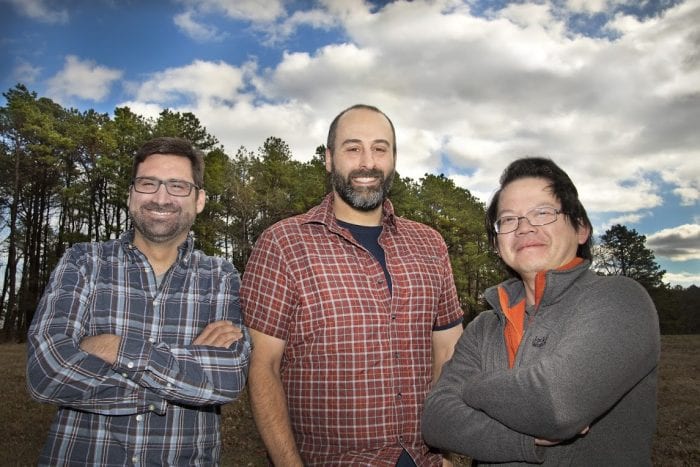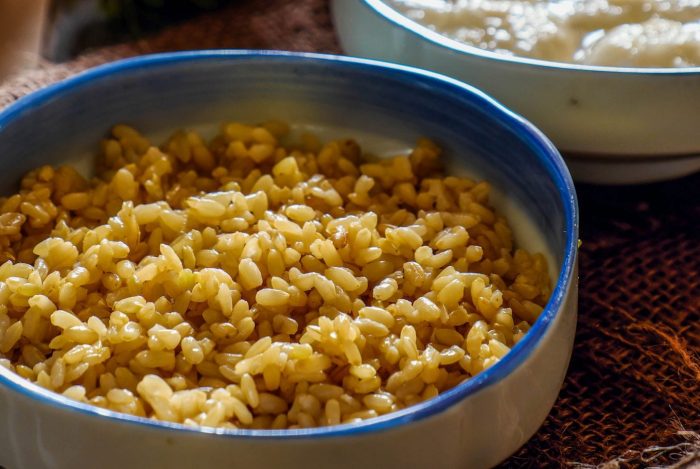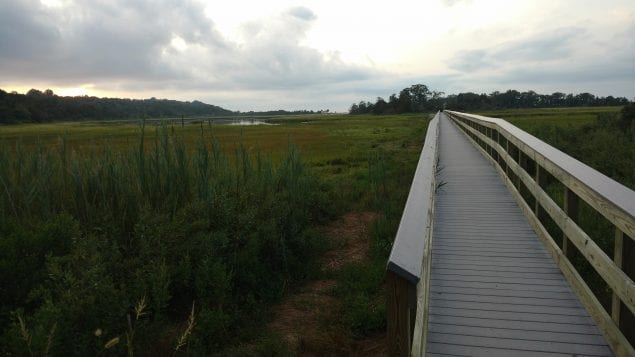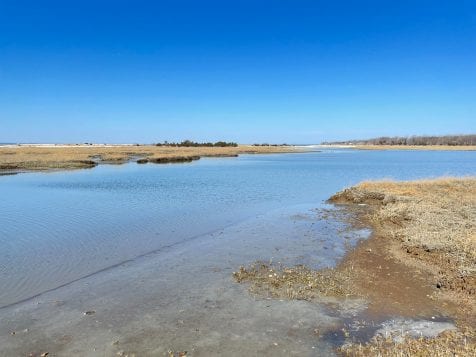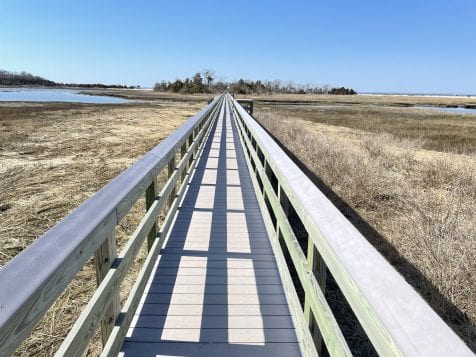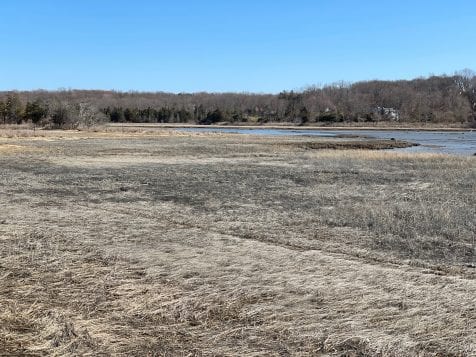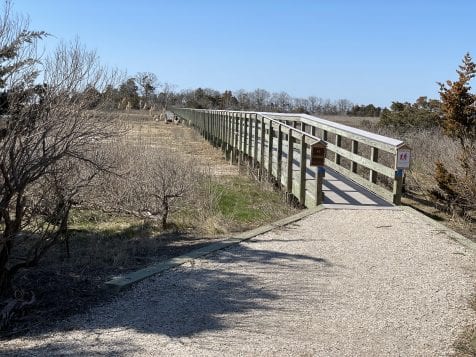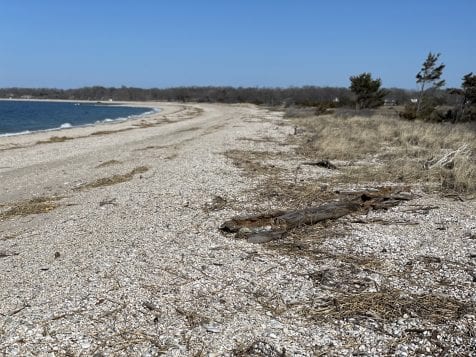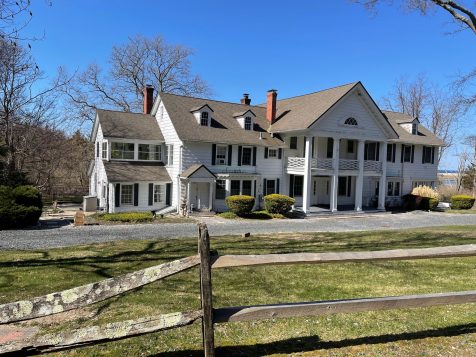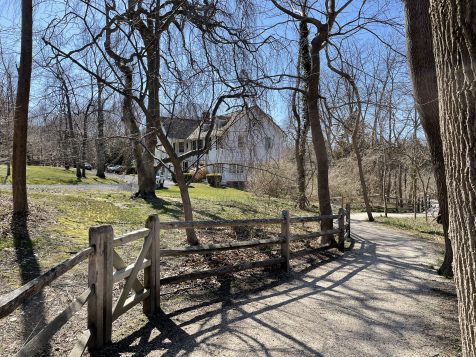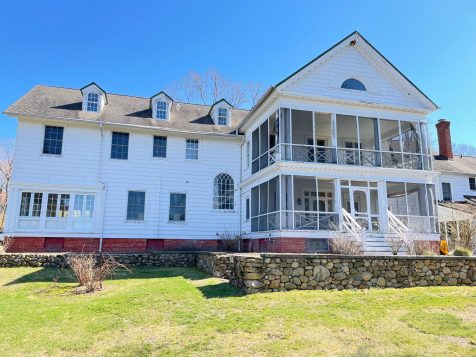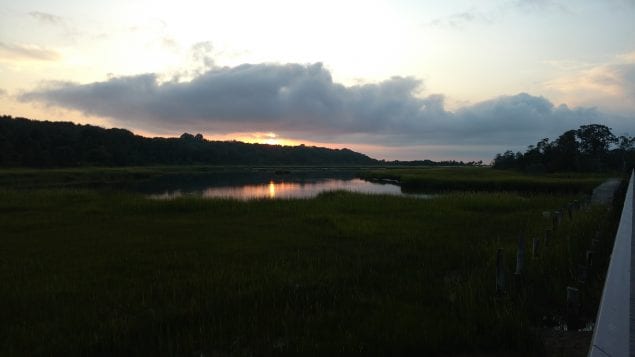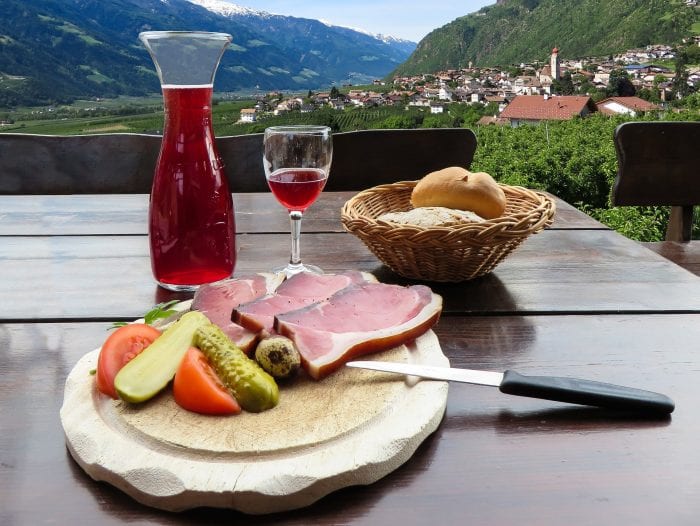By Daniel Dunaief
Chongai Kuang is doing considerably more than standing in the middle of various fields throughout the southeast, looking up into the sky, sticking his finger in the air and taking notes on the potential appeal of the area.
Entrusted with finding the right spot for the third ARM Mobile Facility, or AMF3, Kuang, who is an Atmospheric Scientist in the Environmental & Climate Sciences Department at Brookhaven National Laboratory, is gathering considerable amounts of information about different areas in the southeast.
In March of 2023, the ARM3 mobile facility, which has been operating in Oliktok Point, Alaska, will have a new home, where it can gather information about atmospheric convection, land-atmosphere interactions and aerosol processes.
In addition to finding the right location for this facility, Kuang will coordinate with the larger science community to make recommendations to ARM for observations, measurements, instruments and sampling strategies. Observations from these fixed and mobile facilities will improve and inform earth system models.
Kuang would like to find a strategic place for the AMF3 that is “climactically relevant to provide important observations on clouds, aerosols, and land atmosphere interactions that are needed to answer science drivers” important in the southeastern United States, Kuang said. These facilities will help researchers understand how all these atmospheric phenomena interact with solar radiation and the Earth’s surface.
The AMF3 should provide information that informs climate, regional and weather models.
In 2018, the Department of Energy, which funds BNL and 16 other national laboratories, held a mobile facility workshop to determine where to move the AMF3. The group chose the Southeastern United States because it has atmospheric convection, high vegetative-driven emissions and strong coupling of the land surface with the atmosphere. This area also experiences severe weather including tornadoes and hurricanes, which have significant human and socioeconomic impacts, said Kuang.
The most violent weather in the area often “tests the existing infrastructure,” Kuang said. “This deployment can provide critical observations and data sets,” in conjunction with regional operational observational networks.
Atmospheric phenomena as a whole in the southeastern United States includes processes and interactions that span spatial scales ranging from nanometers to hundreds of kilometers and time scales spanning seconds to days.
Kuang’s primary research interests over the past decade has focused on aerosol processes at nanometer scales, as he has studied the kinds of miniature aerosol particles that form the nuclei for cloud formation. These aerosols affect cloud lifetime and spatial distribution.
“Our research is challenged by disparate scales relevant to phenomena we’re trying to characterize, from nanometers to the length scale of convective systems, which are tens of kilometers or even larger,” Kuang said. These scales also present opportunities to study coupled science with convection, aerosol and land-atmosphere interactions.
The ARM observatories around the world provide atmospheric observations of aerosols, clouds, precipitation and radiation to inform and improve Earth system models.
“We are going to leverage as much as we can of the existing networks,” Kuang said. The ARM has a fixed site in Oklahoma, which provides data for the Southern Great Plains Site, or SGP. The Southeastern site, wherever it winds up, will provide a context for large-scale atmospheric phenomena.
The way aerosols, clouds and weather systems form and change presents a challenge and an opportunity for research stations like AMF3, which will seek to connect phenomenon at spatial and time scales that affect where Kuang and his team hope to locate the site.
Kuang is also staying abreast of the latest technology and is also contributing to the development of these capabilities. The technology the AMF3 may use could be developed between now and when the site starts gathering data.
“We have the opportunity now to start thinking about what the next generation measurement capabilities and emerging technologies are that could be operational in 2023,” he said. “We are in conversations with the broader community and with different vendors and with a number of different investigators who are developing new technologies.”
Researchers hope to understand the coupling between the land surface and atmospheric phenomenon. “That will have feedback on radiation and precipitation and the impact on land-surface interactions,” Kuang explained. The current plan is for the new facility to operate for about five years.
While Kuang is focused on the scientific drivers for the site selection, he has also been exploring the dynamic with potential research partners, including universities, seeking ways to add educational partners.
“We have hopes and plans for this kind of deliberate, targeted outreach within the region,” Kuang said. “We want to organize activities like summer school, to provide young scientists with primers and an introduction about how observations are made within their backyard.”
The work he’s trying to do now is “setting the table and preparing the soil for the eventual siting” of the station.
Kuang will measure his success if the new site improves poorly represented model processes.
Once the DOE chooses a site, Kuang plans to develop and execute an initial science plan that uses AMF3 observations. As an ARM instrument mentor, he will also be responsible for a set of instruments that measure aerosol size and concentration.
A resident of Wading River, Kuang started working at BNL in 2009 as a postdoctoral researcher. When he’s not working, he describes cooking as “therapeutic,” as he and his wife, Anyi Hsueh, who is a psychiatric nurse practitioner, have explored Southeastern Asian and Middle Eastern cuisines.
Kuang is working with Associate Ecologist Shawn Serbin and Meteorologist Scott Giangrande, in site selection. The work presents an “important responsibility and our site science team envisions the AMF3 southeastern united States [site] to enable transformational science,” he said.

